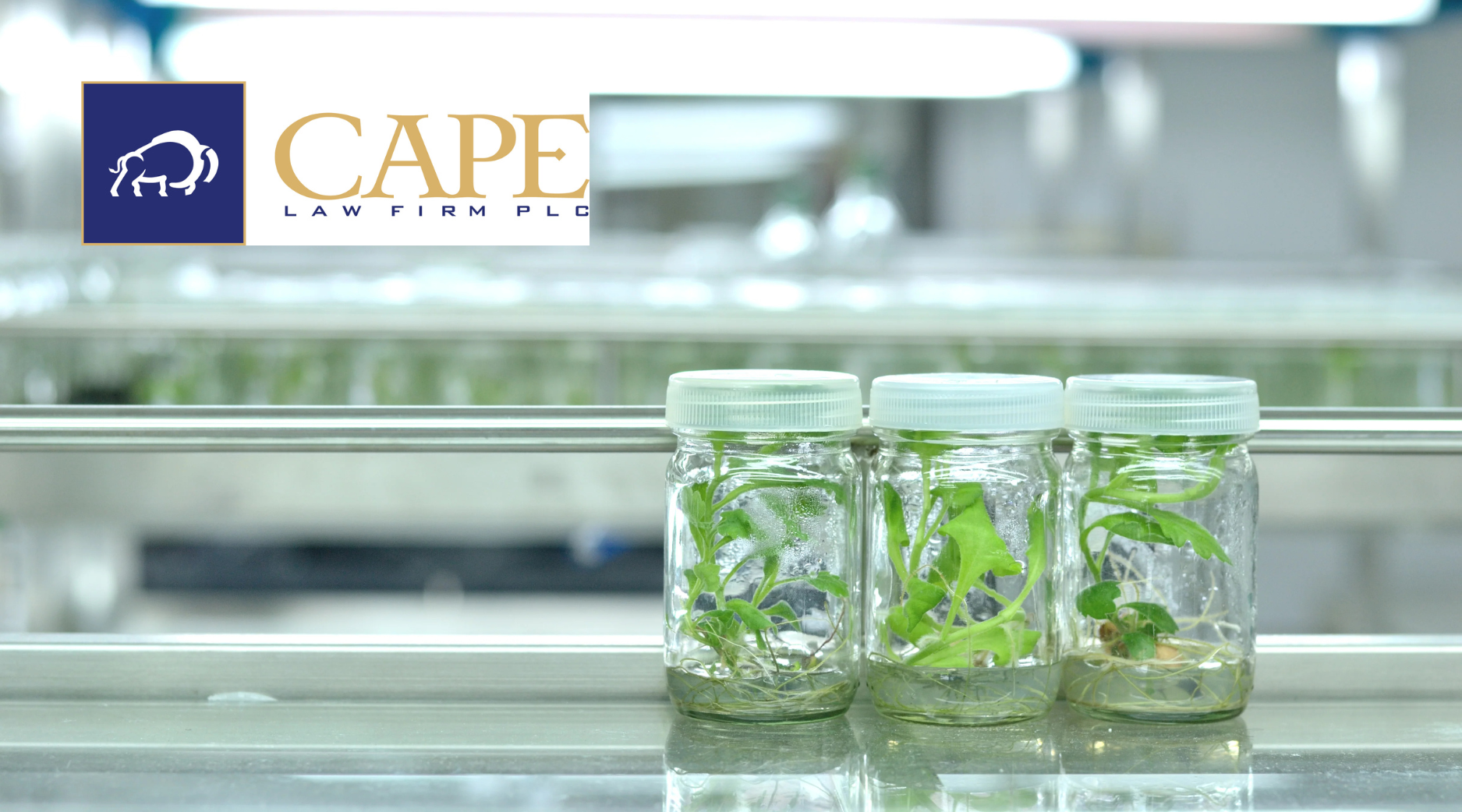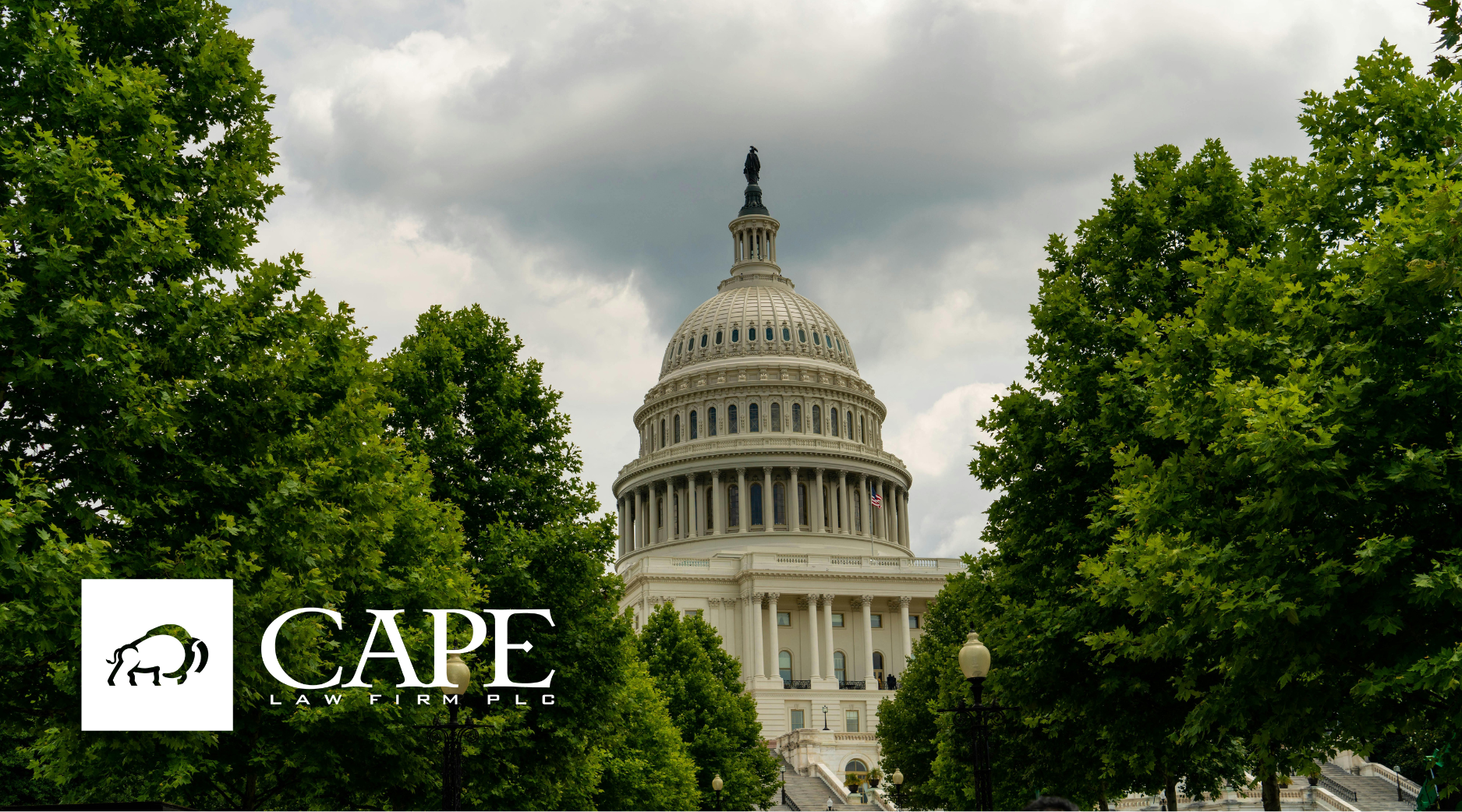A Few Highlights from the 10th Seed Congress of the Americas
Last week was the 10th Seed Congress of the Americas in Foz do Iguaçu, Brazil, an event established by the Seed Association of the Americas (SAA) to advance the interests of the seed industry in North and South America. Industry professionals from around the world presented on several compelling topics, including market conditions, intellectual property protection, seed-applied technologies, gene editing, and the state of global regulation of gene editing in agriculture.
Several presentations either focused on gene editing for developing new plant varieties and traits, or at least touched on the topic, demonstrating how rapidly the technology has been adopted on a broad scale. In fairly short order, CRISPR gene editing has become routine in research labs and numerous gene-edited plants have entered regulatory review and are on their way to commercialization.
To no one’s surprise, Brazil is experiencing robust market conditions for agricultural commodities, especially soybeans. While geopolitical conflict (particularly between the U.S. and China) has been a big demand driver for South American commodities, at least one commentator at the Congress indicated that Brazil holds an economic competitive advantage over the U.S. In one example, Brazil’s cost of production for soybeans averaged $8.50 per acre, while the cost in the U.S. is $14.00 per acre. This cost gap isn’t readily dismissed, as it was apparent that Brazilian farmers use many of same technologies that are available in the U.S., including seed technology. Thus, it appears that the recent Memorandum of Understanding between USDA and the Department of Justice to investigate high crop input prices is timely, and one can only hope that it will provide some tangible results.
There were also multiple presentations and discussions regarding intellectual property rights and protections. There is still some disparity in the legal frameworks for intellectual property protection of plants and biological materials among South American countries compared to the U.S. and Canada. But the differences are narrowing. Countries in South America (particularly Brazil and Argentina) are in the process of updating legal protection for intellectual property, or have already passed significant legislation in recognition of the positive impact of strong intellectual property rights on innovation.
The SAA Working Group on Intellectual Property discussed ongoing work to provide meaningful content for the concept of Essentially Derived Varieties (EDVs), which was originally introduced by the 1991 UPOV Convention (International Union for the Protection of New Varieties of Plants). In legal regimes that have adopted UPOV 1991, an EDV is a variety that is developed using a legally protected variety as its primary source material. In such cases, the breeder of the original protected variety also has rights over the EDV. While easy to understand in theory, the concept is difficult in practice. Currently, there are efforts among breeders and stakeholders to reach a consensus on EDV “triggers,” i.e., the level of genetic similarity at which a variety might be considered an EDV.
No trip to Foz do Iguaçu would be complete without a visit to Iguacu Falls on the border of Brazil and Argentina. The Falls are one of the modern natural wonders of the world and a UNSECO World Heritage Site. Without a doubt, the Falls are spectacular. They can’t be captured in a single picture since they span almost 2 miles, but a shot of Devil’s Throat at least provides a glimpse of just how big they are:
|
|





